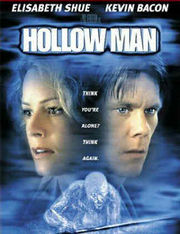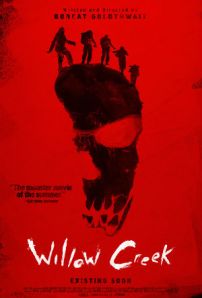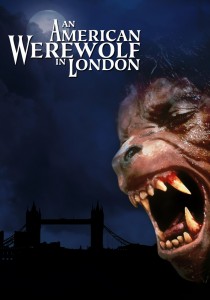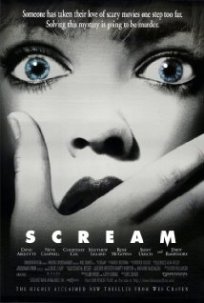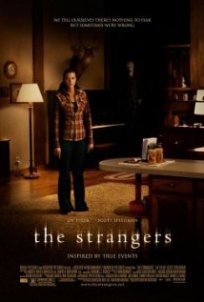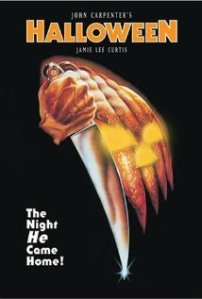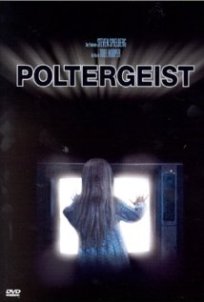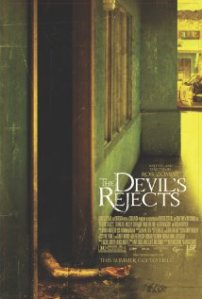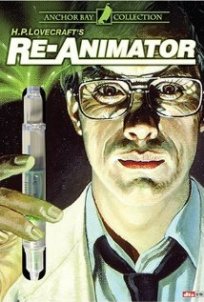The special effects are easily the best part of this science-fiction-turned-slasher-film. There are several scenes in which humans and animals slowly disappear and then reappear. This transformation is shown in vivid detail as each part of the creature’s anatomy dissolves. Even now, the scenes look pretty realistic. The experience of watching the human body slowly become invisible, with every system inside of it accentuated and presented as it is, is enough by itself to recommend this movie. I’m not sure what kind of CGI wizardry was used to create these scene, but whatever it may be, it was way ahead of it’s time.
Hollow Man follows a group of scientists working for the military attempting to create a formula that makes animals and humans fully invisible. The group is led by Sebastian Caine (Bacon) who insists on being the first human test subject for the experiment. As one might guess, Sebastian takes advantage of being invisible to a sinister extent. He uses his new gift voyeuristically, creeping up on pretty young woman as they undress in front of the mirror, giving off more rapey vibes than R Kelly and Kobe Bryant put together.
The more Sebastian realizes what he can get away with, the more malevolent his intentions become. After a bit of fun and games, it becomes clear that he is enjoying being invisible a bit too much. Once a threat to his little experiment becomes present, he starts to resort to rape and murder to keep his work alive. It is around this point that Hollow Man turns into a full-fledged slasher film, following Sebastian as he picks off his team of scientists one by one. This may be a disappointment to many Sci-Fi fans, but I thoroughly enjoyed the turn the plot took and the slasher elements of the movie.
I don’t usually like Kevin Bacon very much, but he plays a creepy, power-hungry, crazy man in Hollow Man pretty well. He may be more likable in this due, in part, to the fact that he’s invisible most of the movie, but either way the role seems to suit him very well. There are a few other familiar faces cast in standard slasher victim roles, such as Elizabeth Shue and Josh Brolin. They aren’t given a whole lot to do, but they perform adequately for how shallow their characters are.
Hollow Man is by no means a great movie, but it is a very fun one. The transformations to and from invisibility are visually stunning and the overall concept of the film is genuinely creepy. Just imagine how scary it would be if someone who wished harm upon you were completely invisible. This notion is toyed with a great deal in the film and lends itself to the more eerie parts of the movie. There is also more than enough violence and gore to satisfy the average horror hound. Though it may not be deep and thoughtful, (what slasher movies are?) Hollow Man is scary and entertaining enough to hold the average viewers attention.
B-
